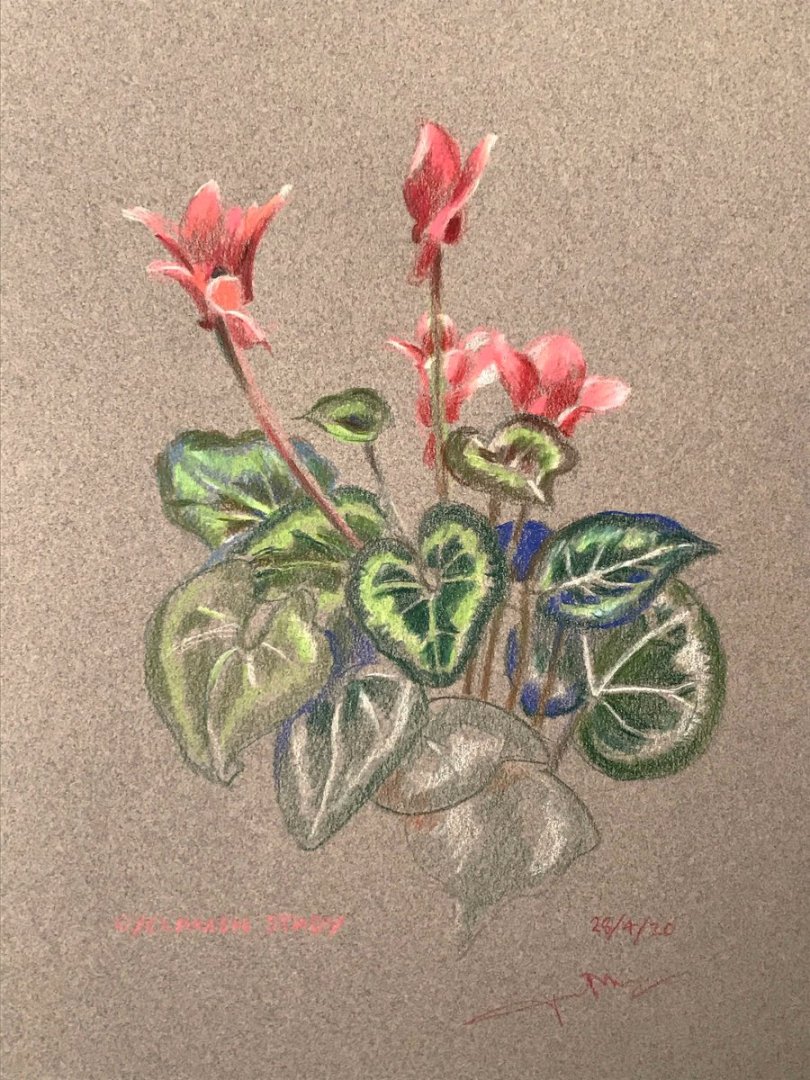-
Posts
13,345 -
Joined
-
Last visited
Content Type
Profiles
Forums
Gallery
Events
Everything posted by druxey
-

HMCSS Victoria 1855 by BANYAN - 1:72
druxey replied to BANYAN's topic in - Build logs for subjects built 1851 - 1900
Is there a possibility that a line was rigged from the main yardarm to swing the boat outboard sufficiently to clear the boom?- 1,013 replies
-
- gun dispatch vessel
- victoria
-
(and 2 more)
Tagged with:
-
Are you able to rig in your sleep by now, Rob? Beautiful work, as ever.
- 3,560 replies
-
- clipper
- hull model
-
(and 2 more)
Tagged with:
-
Re-dos: The mark of a true model-maker. Good on you, Bob! You'll be glad you revised the rigging. There should be a little stretch in the shrouds to allow you to align them.
- 146 replies
-
- Harriet Lane
- Model Shipways
-
(and 1 more)
Tagged with:
-
To prevent 'hourglassing' the shrouds due to over-tightening ratlines, do every fifth ratline first, then every third and lastly the remaining ones. It's easier to control the tension that way.
-
Well done, Bob. Those home-made eyebolts look fine.
- 146 replies
-
- Harriet Lane
- Model Shipways
-
(and 1 more)
Tagged with:
-
Good for you doing that surgery, Marc. If you make an angled bend at the corner of the beakhead bulkhead, would that not give a straight run to the back of the figure?
- 2,697 replies
-
- heller
- soleil royal
-
(and 9 more)
Tagged with:
-
And I thought that the yard was seen from behind so that the stirrups were correctly hung! Well, what do I know? Nice anchor stocks. Are they the right way around? Now I doubt all that I see.
- 542 replies
-
- Sphinx
- Vanguard Models
-
(and 3 more)
Tagged with:
-
Rob, I hate to cavil (groan), but the lay of your rope on the deckhouse looks very loose.
- 3,560 replies
-
- clipper
- hull model
-
(and 2 more)
Tagged with:
-
Certainly British Naval gun carriages were not iron shod: only land-based guns were. Whether the French did the same, I do not know.
- 2,697 replies
-
- heller
- soleil royal
-
(and 9 more)
Tagged with:
-
Ye gads! That looks like a medieval torture instrument, Kevin. It should simply scare the plank into shape! Ingenious.
- 1,129 replies
-
Nice photos and looks like a great trip, Marc. Hopefully you can move those pesky heads inboard a bit!
- 2,697 replies
-
- heller
- soleil royal
-
(and 9 more)
Tagged with:
-
Thanks for your comments on Canson paper., Eberhard. I've never seen Iris/Vivaldi over here' only the much heavier, through-dyed paper which is excellent for colored pencil work. Hopefully you will stay healthy now....
-
Hmm. The dictionary definition of 'cavil' is....
- 3,560 replies
-
- clipper
- hull model
-
(and 2 more)
Tagged with:
-
One can build models with very few basic tools, it just takes longer! The magnificent models of 300 years ago were built entirely with hand tools. The main thing is to know how to sharpen edge tools properly and when to use which one. Yes, power tools are nice to own and speed up certain operations, but....
-
Hopr you are back up to speed now, Eberhard. That virus is no fun, even if you are fully vaccinated. That planking is something at that small scale. One question though: Canson paper (at least the kind that I know and use for art) has one side smooth but the other side is heavily textured. Isn't this an issue at micro scale size?
About us
Modelshipworld - Advancing Ship Modeling through Research
SSL Secured
Your security is important for us so this Website is SSL-Secured
NRG Mailing Address
Nautical Research Guild
237 South Lincoln Street
Westmont IL, 60559-1917
Model Ship World ® and the MSW logo are Registered Trademarks, and belong to the Nautical Research Guild (United States Patent and Trademark Office: No. 6,929,264 & No. 6,929,274, registered Dec. 20, 2022)
Helpful Links
About the NRG
If you enjoy building ship models that are historically accurate as well as beautiful, then The Nautical Research Guild (NRG) is just right for you.
The Guild is a non-profit educational organization whose mission is to “Advance Ship Modeling Through Research”. We provide support to our members in their efforts to raise the quality of their model ships.
The Nautical Research Guild has published our world-renowned quarterly magazine, The Nautical Research Journal, since 1955. The pages of the Journal are full of articles by accomplished ship modelers who show you how they create those exquisite details on their models, and by maritime historians who show you the correct details to build. The Journal is available in both print and digital editions. Go to the NRG web site (www.thenrg.org) to download a complimentary digital copy of the Journal. The NRG also publishes plan sets, books and compilations of back issues of the Journal and the former Ships in Scale and Model Ship Builder magazines.






